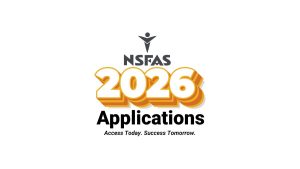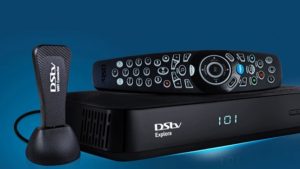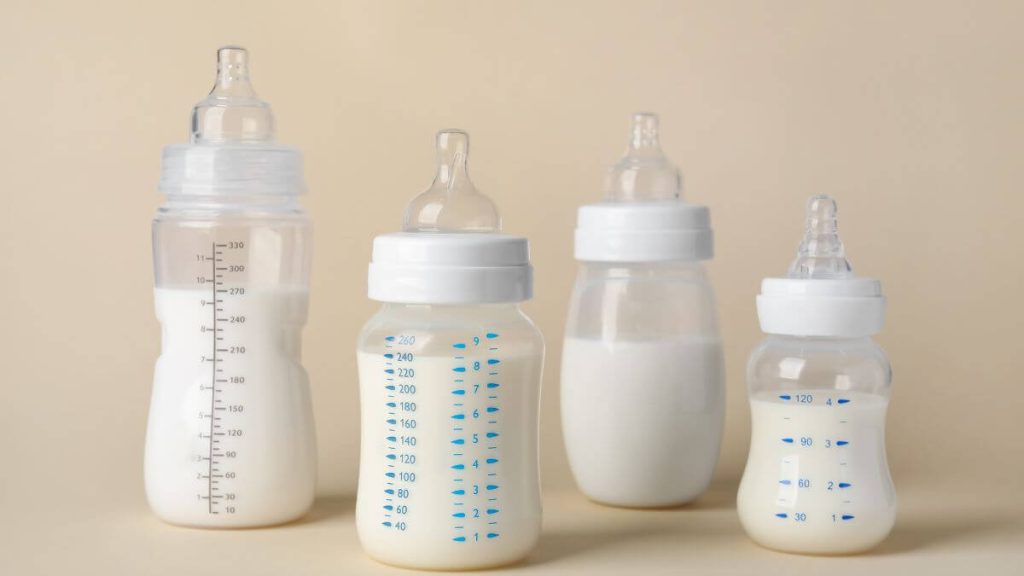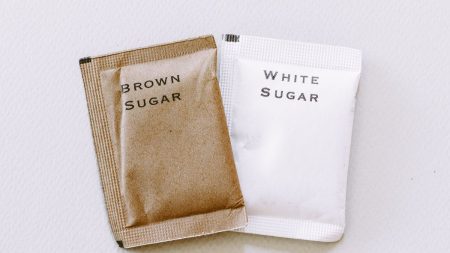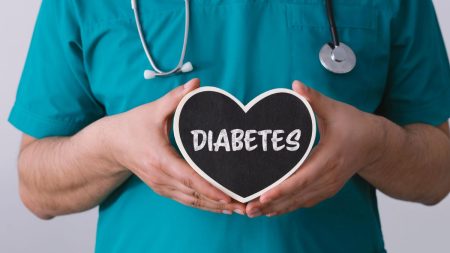When it comes to infant feeding equipment, if you’re a parent, grandparent, or carer in South Africa trying to make every cent—possibly on a limited budget or depending on an SASSA grant—you might be concerned that “cheap” equates to hazardous or subpar. The good news is that purchasing safe, useful feeding bottles and dummies (pacifiers) for your child doesn’t have to break the bank. The purpose of this guide is to help you purchase wisely, steer clear of hazards, and locate affordable solutions under R50 from nearby retailers like Boxer, Shoprite, Clicks, Pick & Pay, Ackermans, and PEP.
Why Low-Cost Doesn’t Mean Low Quality
What to Look For
When buying baby bottles or dummies on a budget, safety matters more than price. Always check for:
1. BPA-Free Materials (Safe for Your Baby)
Why it matters:
BPA (Bisphenol A) is a chemical found in some plastics that can leak into liquids when heated. It’s been linked to health concerns in infants and young children.
What to do:
- Always look for a label that says “BPA-Free” or “BPA 0%”.
- Choose bottles and dummies made from polypropylene (PP) or silicone, which are both considered safe.
- Avoid bottles that look cloudy or don’t list the materials used.
Tip: All major South African retailers—like Clicks, Shoprite, and Ackermans—now carry BPA-free baby items, even in their most affordable ranges.
2. Simple, Easy-to-Clean Designs
Why it matters:
Bacteria and milk residue can easily build up inside bottles or behind dummy shields. The more parts an item has, the harder it is to keep clean.
What to do:
- Go for bottles with wide necks — they make washing and sterilising easier.
- Avoid fancy multi-piece bottles with valves or complex shapes; they’re harder to scrub and assemble.
- For dummies, pick one-piece silicone designs — these have no small crevices where germs can hide.
Tip: If it takes you more than a few seconds to rinse and reassemble, it’s too complicated for everyday use on a tight schedule.
3. Age-Appropriate Sizes and Teats
Why it matters:
A newborn doesn’t need the same flow or dummy size as a six-month-old. Using the wrong size can cause choking or feeding discomfort.
What to do:
- Check the packaging for age ranges:
- 0–3 months: small teat or slow-flow bottle
- 3–6 months: medium flow
- 6–18 months: larger teat or faster flow
- For dummies, choose the size marked for your baby’s age to ensure comfort and safety.
Tip: Babies grow quickly, so plan to replace bottles and dummies every few months to match their development stage.
4. Clear Packaging and Proper Labelling
Why it matters:
Good packaging is a sign that the product meets basic safety standards. Missing labels or generic packaging can hide unsafe materials.
What to do:
- Avoid unbranded or loosely packaged bottles sold without barcodes or safety labels.
- Look for:
- “BPA-Free” and “Non-Toxic” stamps
- “Sterilise before use” instructions
- Age or weight guidelines
- Manufacturing or expiry dates
Tip: If you can’t find any safety or manufacturer details on the packaging, don’t buy it — even if it’s cheap.
5. Trusted Store Brands and Retailers
Why it matters:
Large South African retailers are regulated and must follow national product safety standards. Their store-branded baby ranges are tested for quality before reaching shelves.
What to do:
- Buy from Boxer, Shoprite, Ackermans, Pick n Pay, PEP, or Clicks — all of them stock reliable baby brands like Jolly Tots, Tiny Tots, and Baby Things.
- Look for the store’s own-brand packaging, often labelled “Essentials” or “Value Range.”
- Avoid unknown imports or flea market items with no identifiable manufacturer.
Tip: If you’re unsure, ask the cashier or store assistant to confirm whether the item is part of their official baby range.
Quick Tip
If it’s sold in a major retailer’s baby aisle, it’s usually tested for basic safety. Avoid unlabelled street-market bottles or pacifiers with no safety information.
Trusted Stores for Budget Baby Essentials
These retailers consistently offer baby essentials at low prices:
| Store | Type of Products | Price Range |
|---|---|---|
| Boxer | Basic bottles, no-name dummies | R25–R50 |
| Shoprite | Jolly Tots bottles and pacifiers | R30–R50 |
| Ackermans | Essential Feeding & Accessories line | R35–R49 |
| PEP | Generic bottles, small feeding sets | R30–R50 |
| Pick n Pay | Tiny Tots baby line | R35–R45 |
| Clicks | Baby Things pacifiers and bottles | R39–R49 |
Top 5 Baby Bottles Under R50
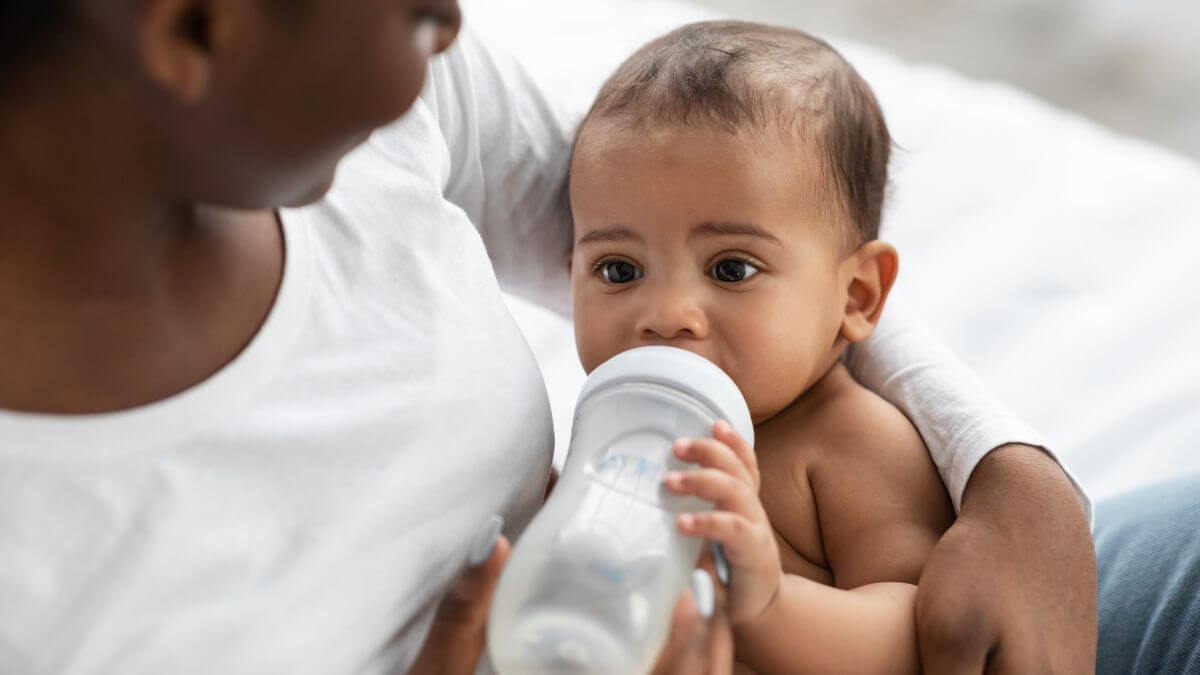
Below are some examples of bottles you can find for under R50 (prices may vary slightly by location).
1. Ackermans Essential Feeding Bottle
- Capacity: 150 ml
- BPA-free plastic
- Ideal for newborns
- Found in Ackermans’ Feeding & Accessories section
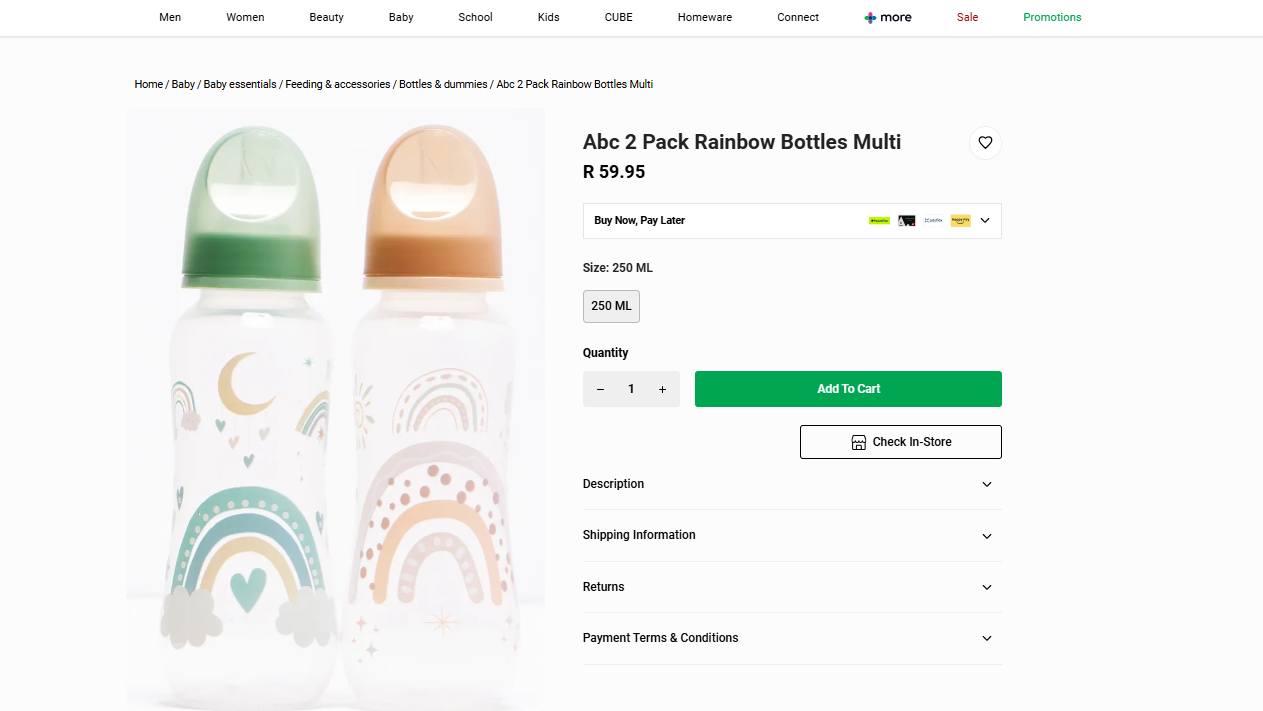
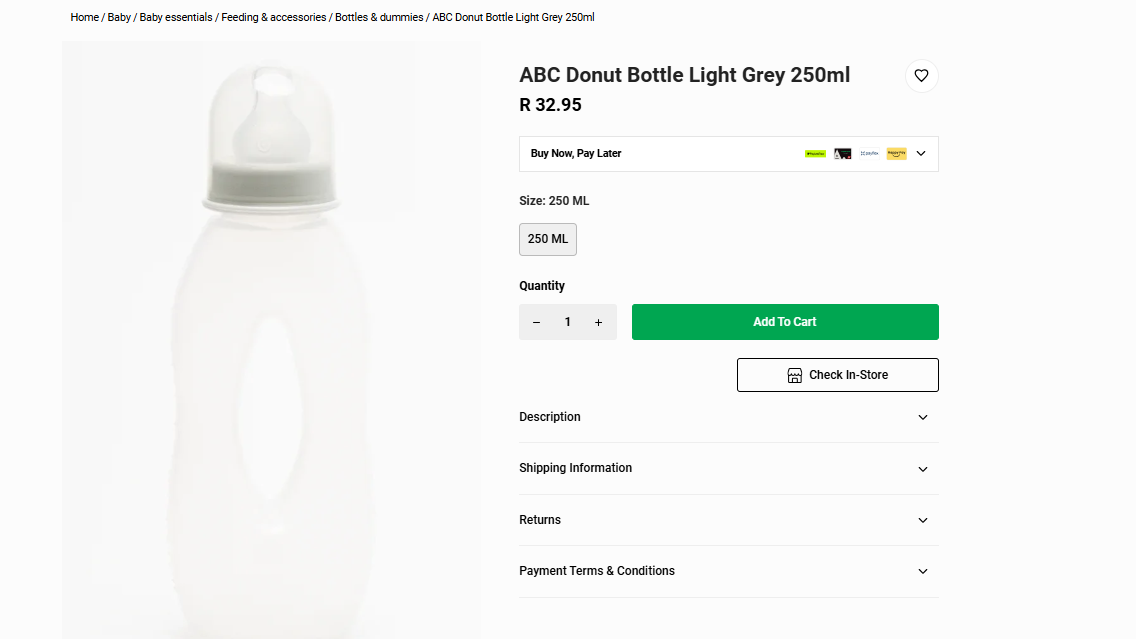
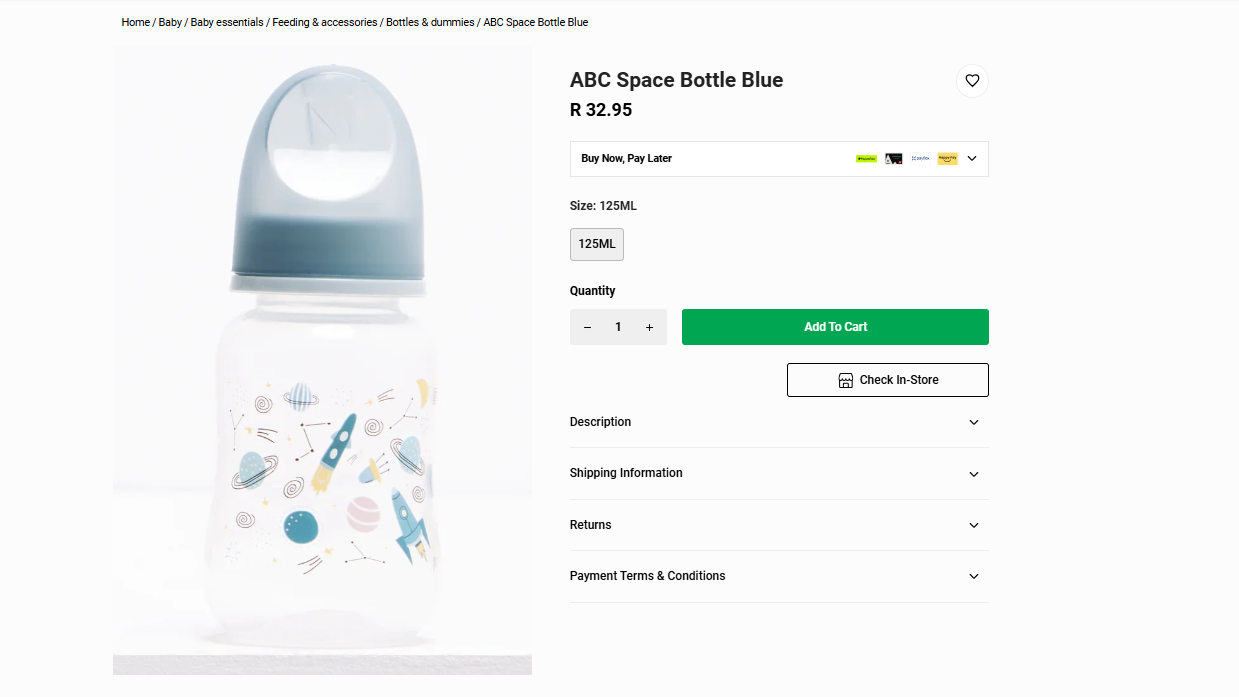
2. Baby Things Wide-Neck Bottle
- Sold at Baby City or Clicks
- Super-wide neck makes cleaning easy
- Silicone teat
- Great entry-level option
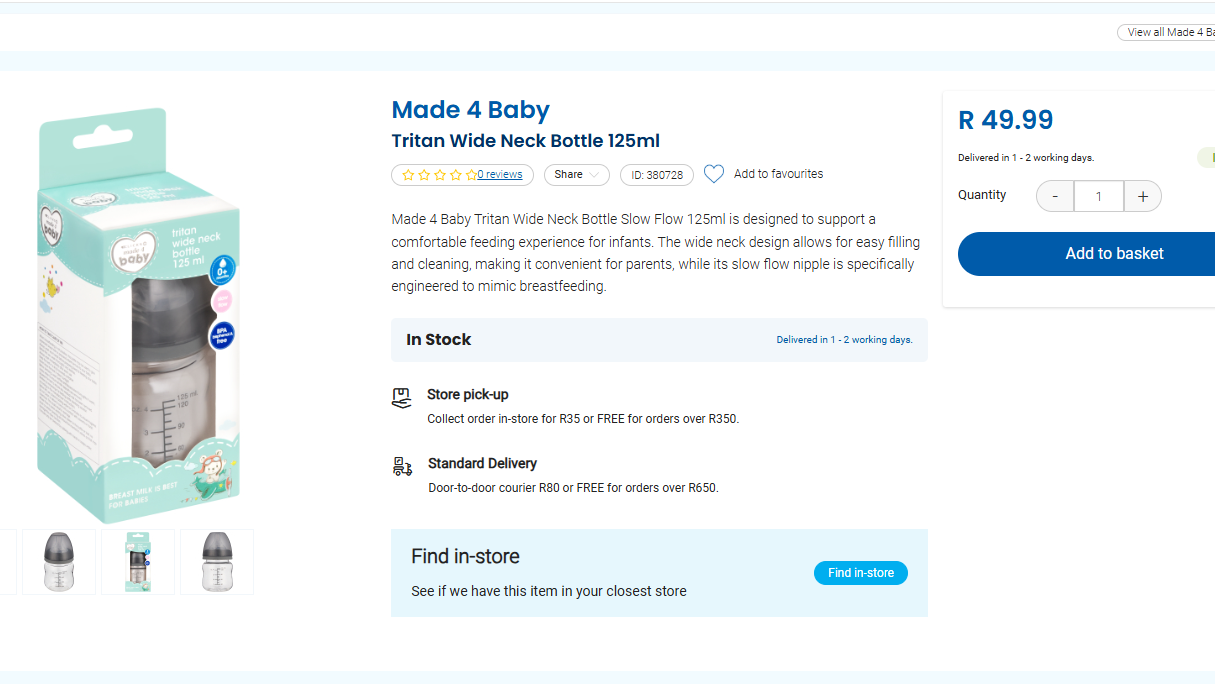
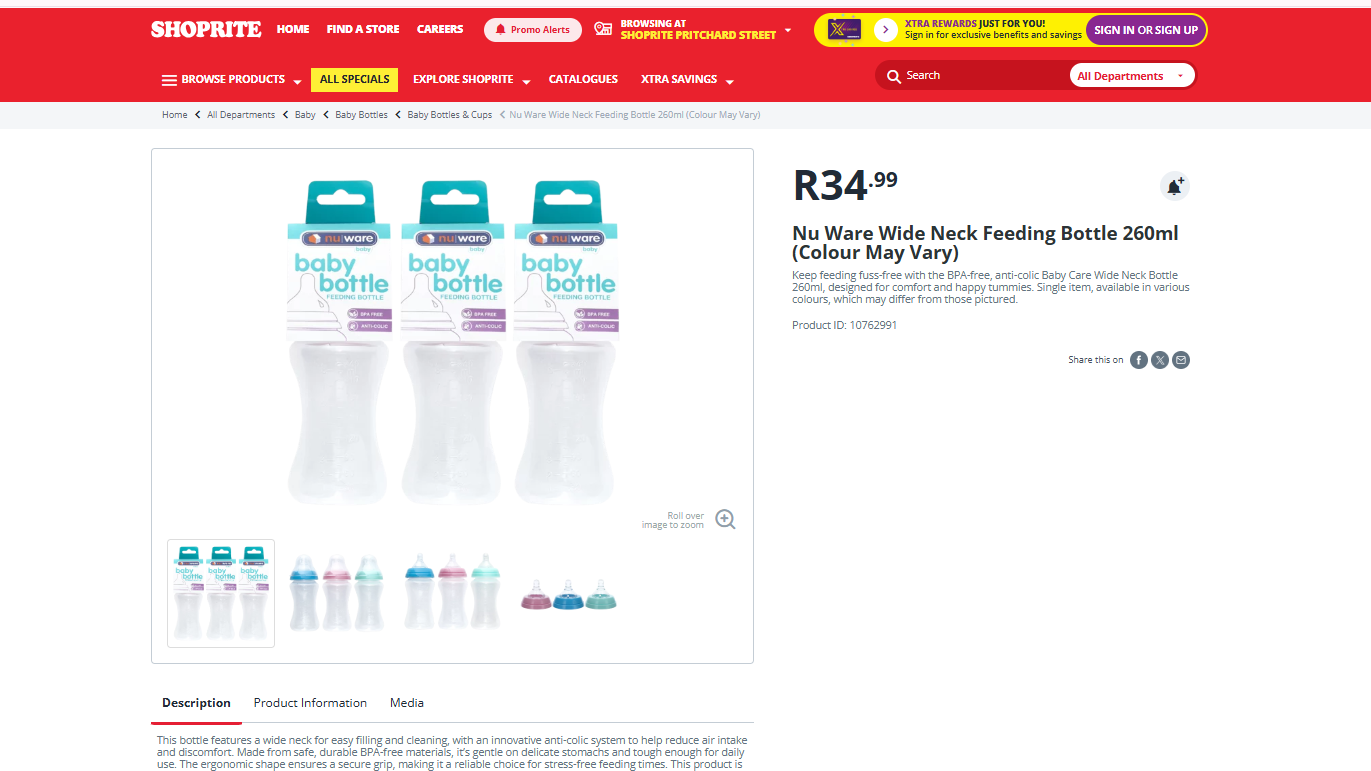
3. Pick n Pay Tiny Tots Feeding Bottle
- Simple, lightweight design
- Perfect for newborn feeding
- BPA-free plastic
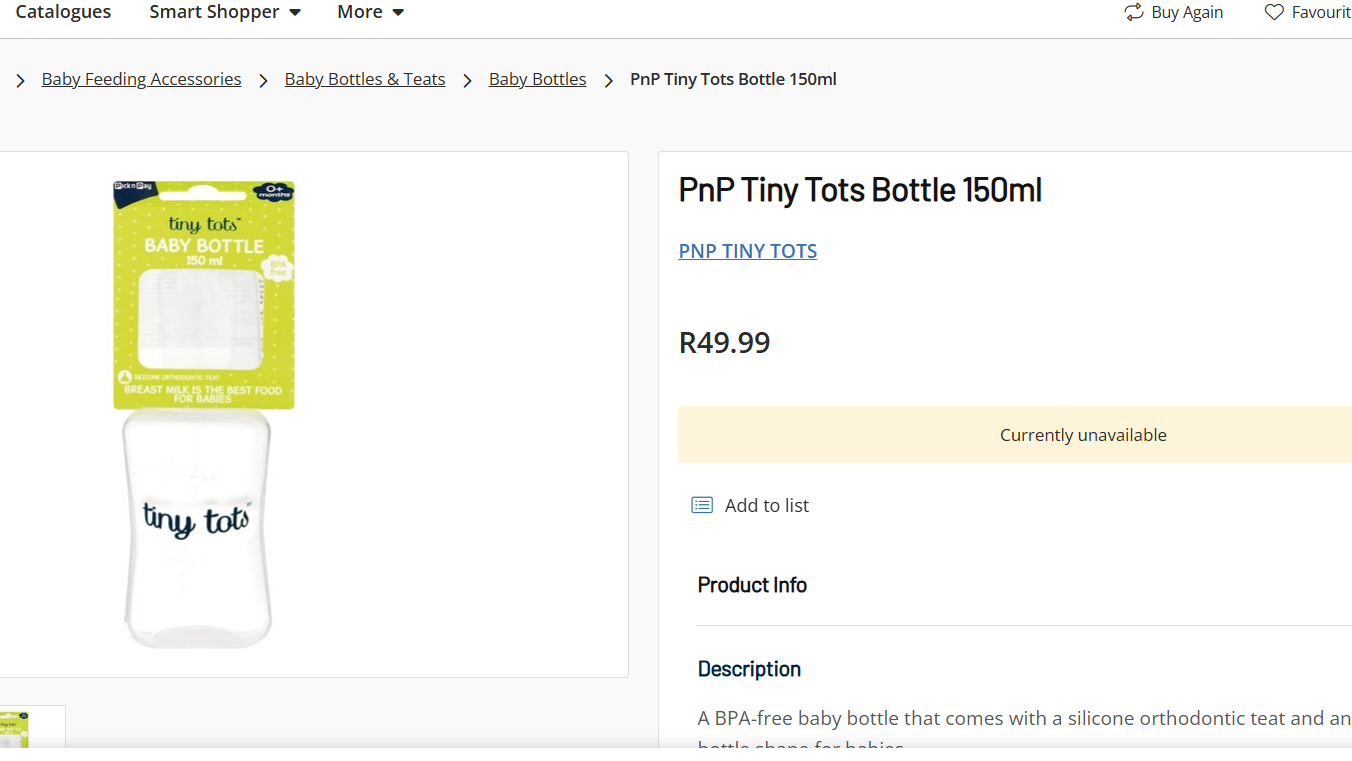
4. Jolly Tots Baby Bottle (Shoprite)
- Widely available at Shoprite
- Basic design, easy to sterilise
- Trusted as an everyday value brand
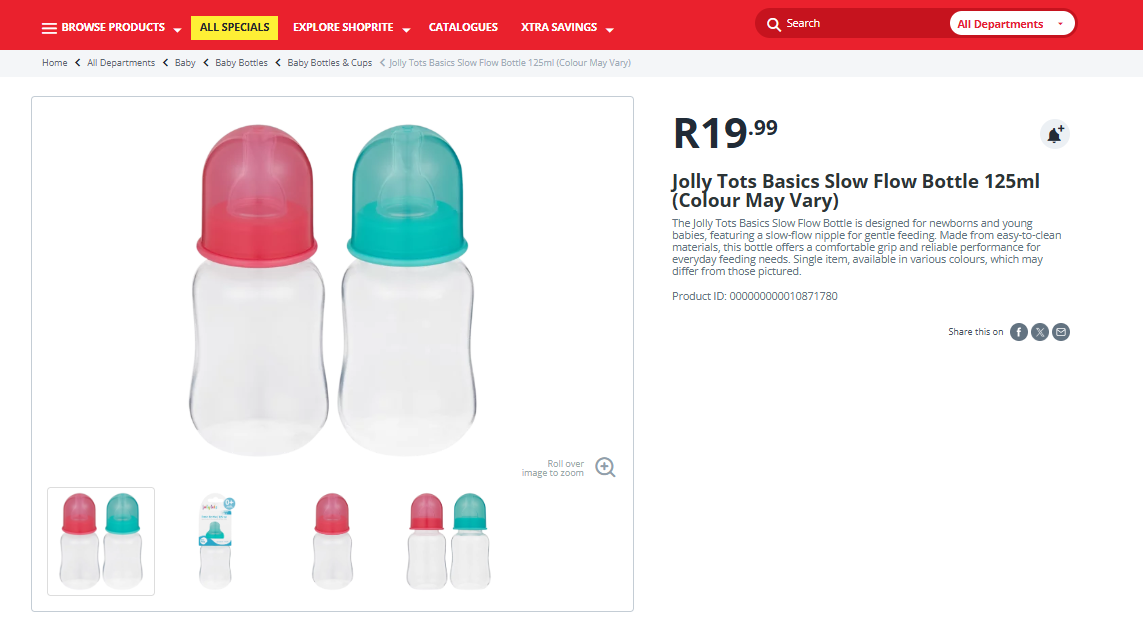
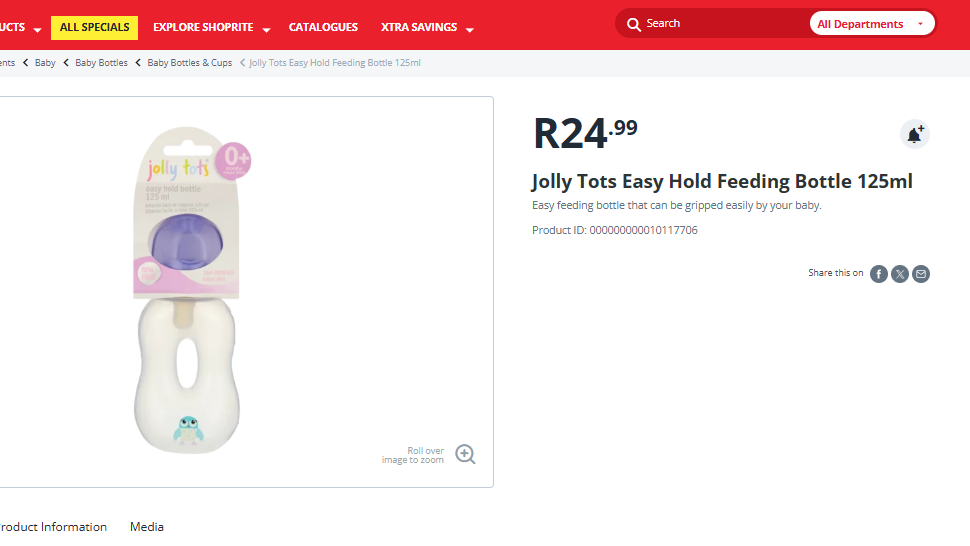
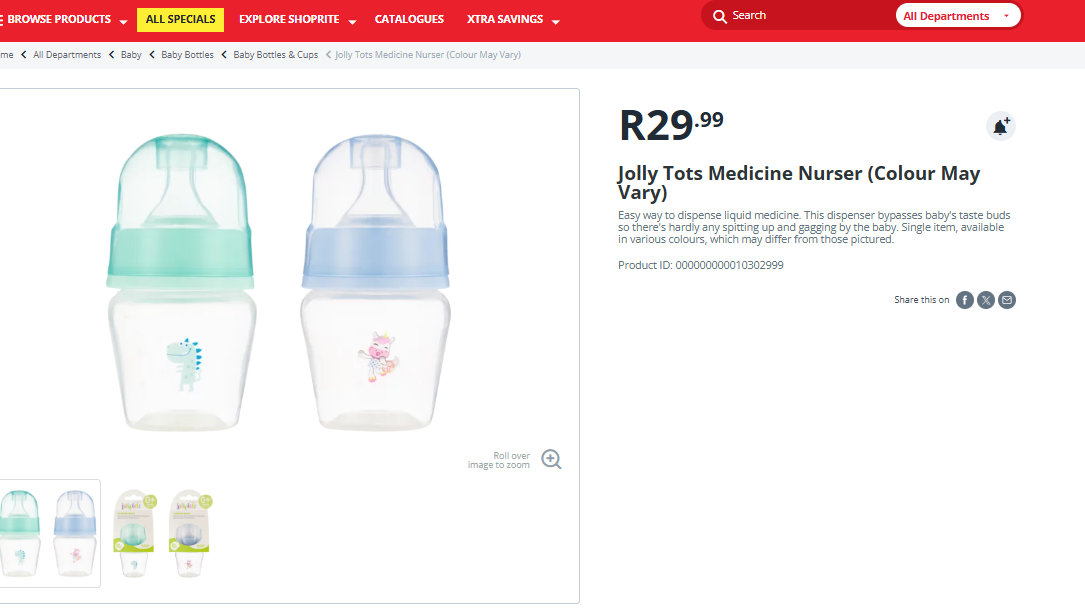
Top 5 Dummies (Pacifiers) Under R50
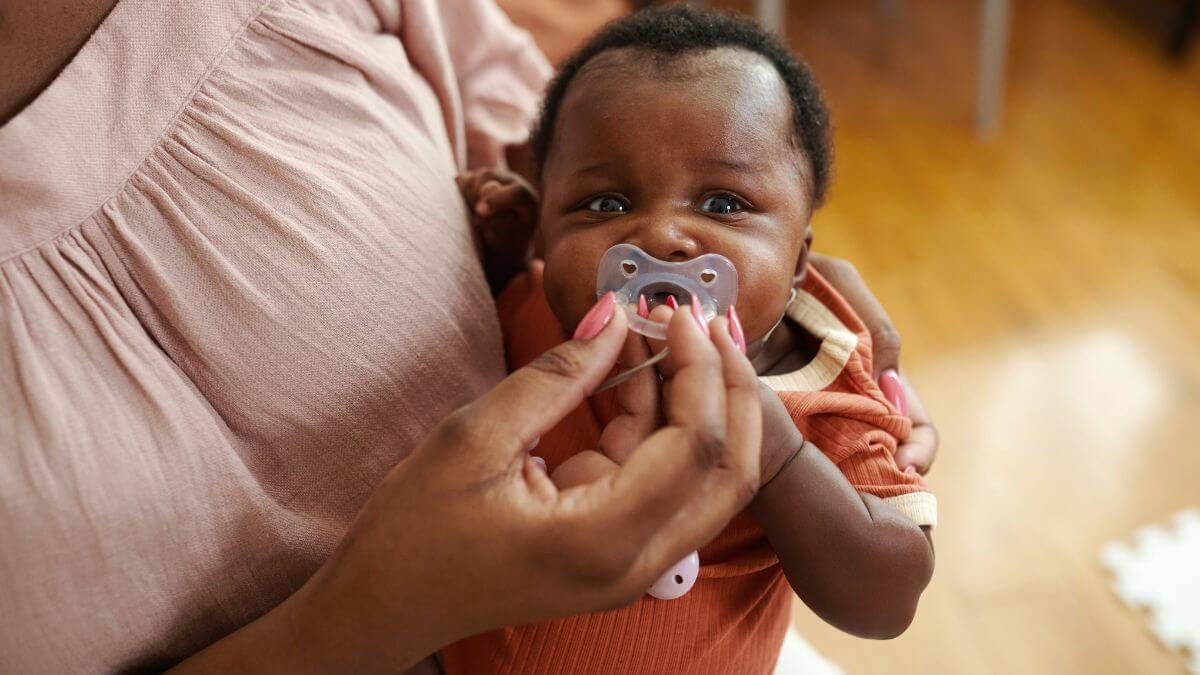
1. Baby Things Silicone Pacifier
- BPA-free silicone
- Sold at Clicks and Baby City
- Soft teat for newborns
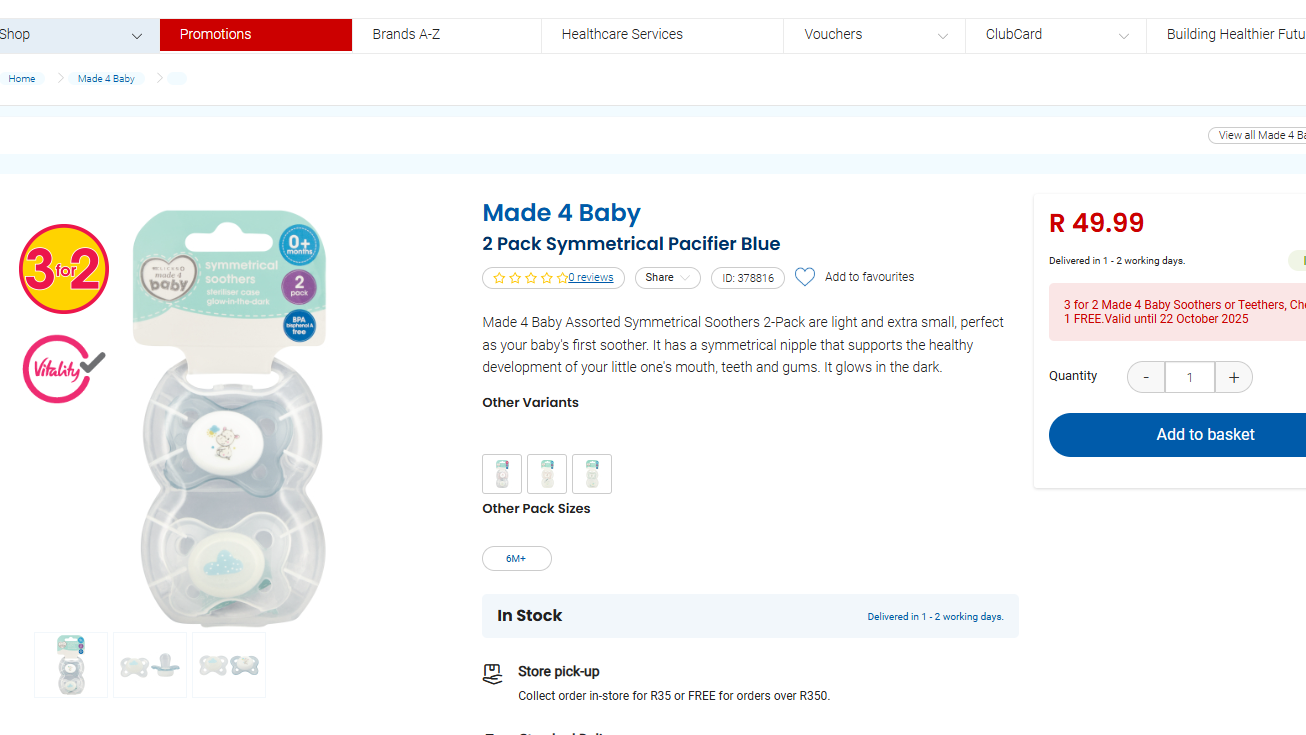
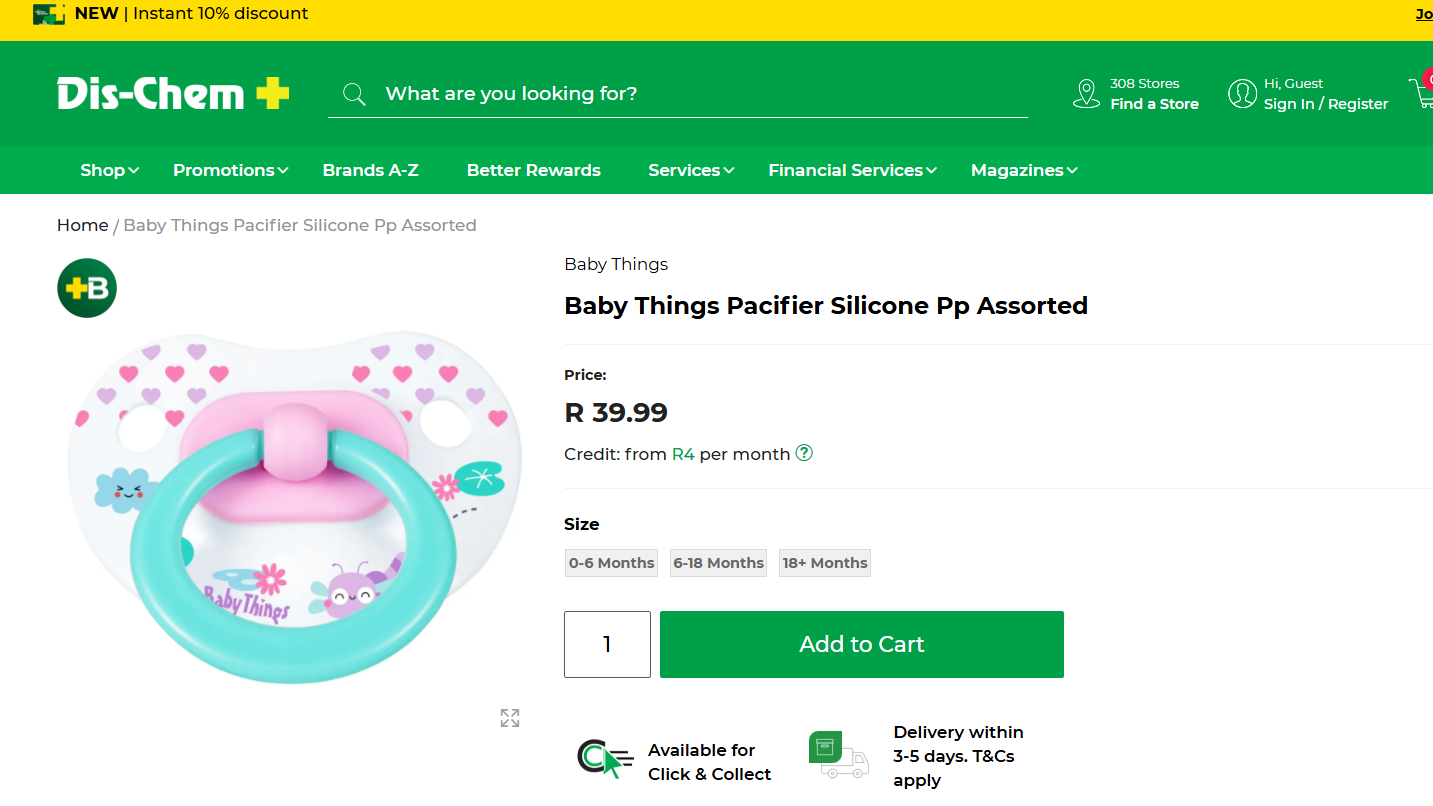
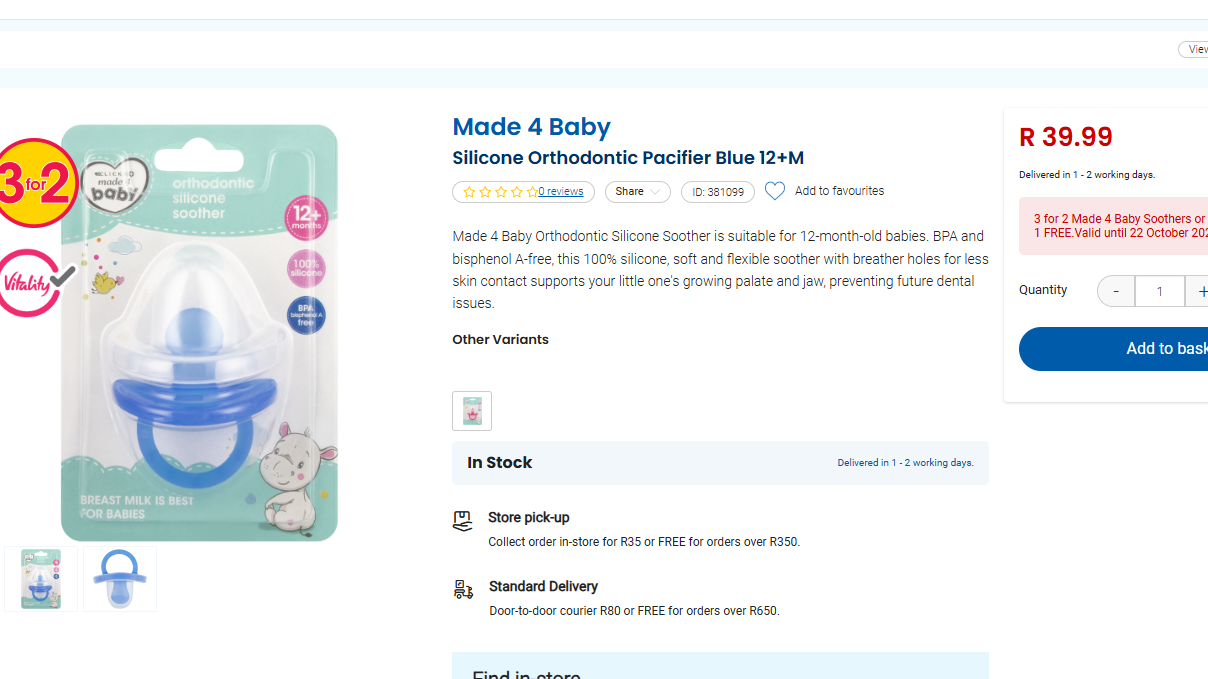
2. Jolly Tots Silicone Pacifier – ±R39.99 (Shoprite)
- Available in multiple colours
- Designed for infants 0 months +
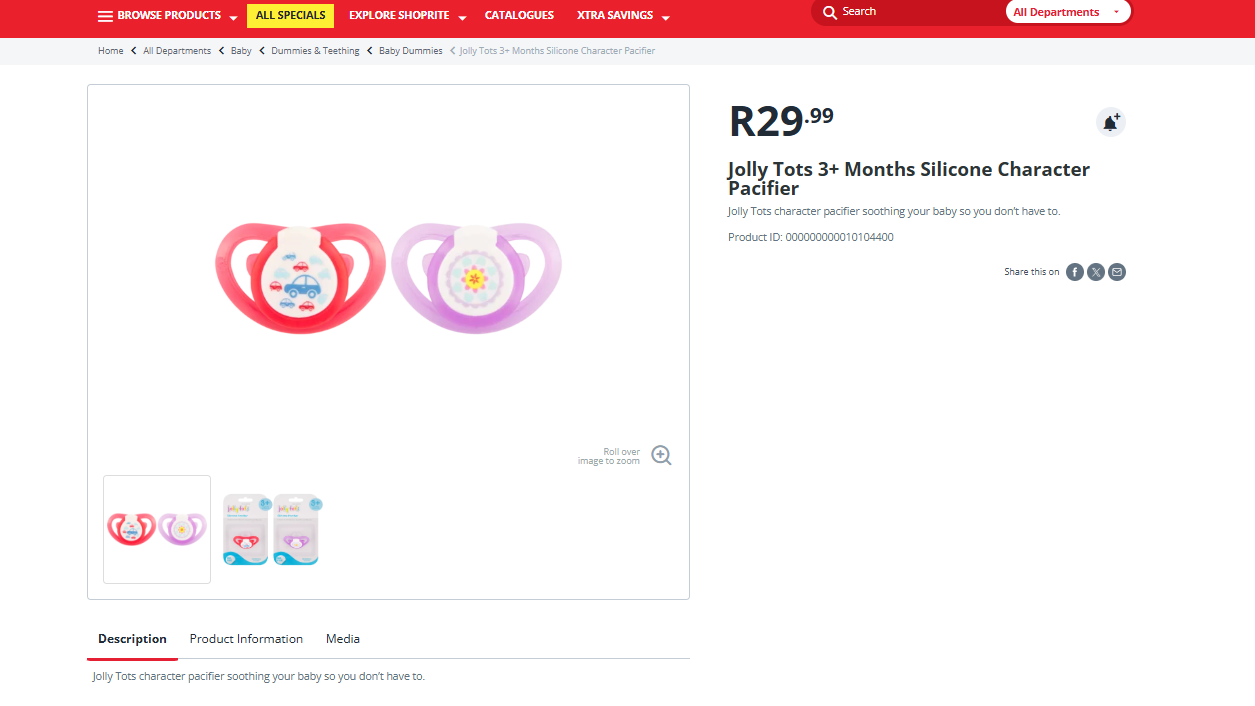
3. Generic Store Dummy – ±R25–R45
- Found in Ackermans
- Safe silicone or latex teats
- Best for short-term use; replace regularly
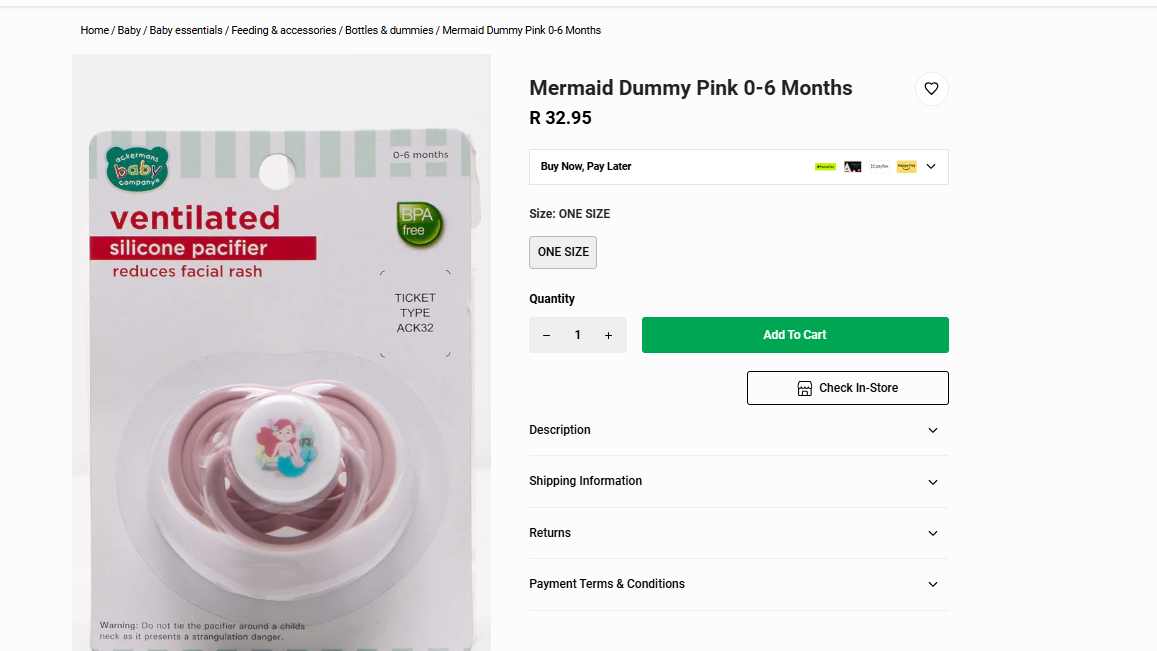
How to Shop Smart on a Tight Budget
Shopping for your baby doesn’t have to be stressful. Here are practical tips:
- Buy from reputable stores — Avoid unverified street vendors.
- Check store specials — Look for weekly promotions in flyers or WhatsApp groups.
- Start small — A few bottles and one dummy are enough at first.
- Always check expiry dates and packaging.
- Keep receipts — South African law protects you if the product is faulty.
- Ask staff for clearance or baby-section deals — They often know when stock goes on sale.
Cleaning and Care Tips
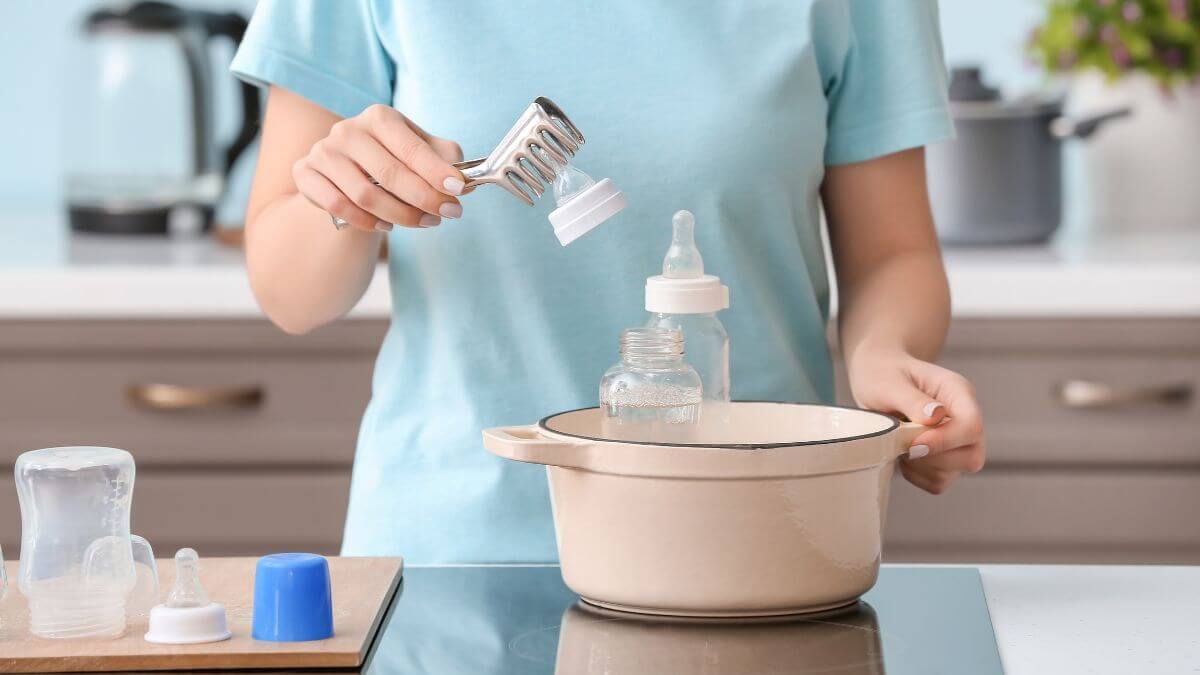
Proper care extends the life of even the cheapest baby items.
For Bottles
- Boil or steam-sterilise before first use.
- Wash after each feeding with warm, soapy water.
- Rinse thoroughly and let air-dry upside down.
- Replace teats if they crack, stretch, or become cloudy.
For Dummies
- Sterilise before first use and daily thereafter.
- Never tie a dummy with a long string (choking risk).
- Replace every 4–6 weeks or when worn out.
- Store in a clean, dry container when not in use.
Safe Choices for SASSA Parents
If you’re supporting your baby through a SASSA child or disability grant, your budget is limited — but your baby’s safety doesn’t have to be.
- Prioritise basic, safe feeding tools over branded accessories.
- One reliable bottle and one dummy are enough to start.
- Choose BPA-free materials and trusted local retailers.
- Focus on cleanliness and correct use — that’s where safety lies.
Read more: Changing Baby Formula Without Tummy Trouble: Step-by-Step Guide
Frequently Asked Questions (FAQs)
1. What is the best material for baby bottles and dummies?
The safest materials for baby bottles and dummies are BPA-free plastics and silicone. These materials are durable, non-toxic, and easy to clean. Avoid bottles made of polycarbonate or those that lack clear labelling.
2. Can I use baby bottles and dummies for multiple children?
Yes, you can reuse baby bottles and dummies for multiple children, but they must be thoroughly cleaned and sterilised between uses. Inspect them for wear and tear (cracks, cloudiness, stretched teats) before reusing.
3. How do I sterilise baby bottles and dummies properly?
To sterilise baby bottles and dummies, boil them for 5-10 minutes or use a steam steriliser. You can also use a microwave steriliser bag. Always follow the manufacturer’s instructions for the best results.
4. What age should my baby be before I introduce a dummy?
It’s generally safe to introduce a dummy once your baby is around 3 to 4 weeks old. This allows breastfeeding to be well established. However, always check with your paediatrician, as some babies may have different needs.
5. How often should I replace baby bottles and dummies?
You should replace baby bottles and dummies every 3-6 months or earlier if they show signs of wear, such as cracks, discoloration, or a stretched teat. Regularly check for damage to ensure they remain safe.
6. Are store-brand baby products safe?
Yes, store-brand baby products from reputable retailers like Pick n Pay, Shoprite, and Clicks are safe as long as they meet BPA-free and age-appropriate standards. These products are tested to comply with local health and safety regulations.
7. What should I do if my baby refuses to take a dummy?
If your baby refuses the dummy, don’t force it. Try a different shape or size of teat, or offer the dummy when your baby is calm. Some babies simply don’t take to pacifiers, and that’s perfectly okay.
8. Can I use regular bottles for formula and breast milk?
Yes, regular baby bottles can be used for both formula and breast milk, as long as the bottle is BPA-free and has an appropriate teat for your baby’s age and feeding needs.
9. Is it safe to warm baby bottles in the microwave?
While microwaving baby bottles is convenient, it can lead to uneven heating, which could burn your baby. It’s safer to use a bottle warmer or warm water in a bowl to heat the bottle. Always test the milk temperature before feeding.
10. How do I store bottles and dummies when not in use?
When not in use, store your bottles and dummies in a clean, dry container to keep them safe from dirt and germs. Make sure they are fully dry before storage to prevent bacteria growth. Avoid storing them in direct sunlight.
You don’t need a big budget to care for your baby.
With trusted stores and a little product knowledge, you can find safe, functional baby bottles and dummies under R50—without compromising your baby’s health.
Your love, care, and smart choices are what truly matter.


